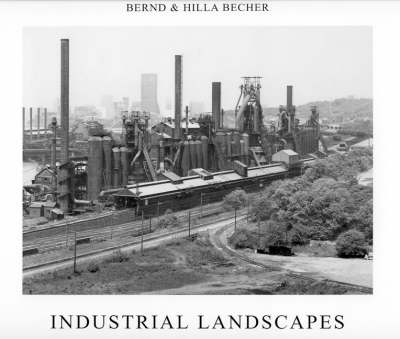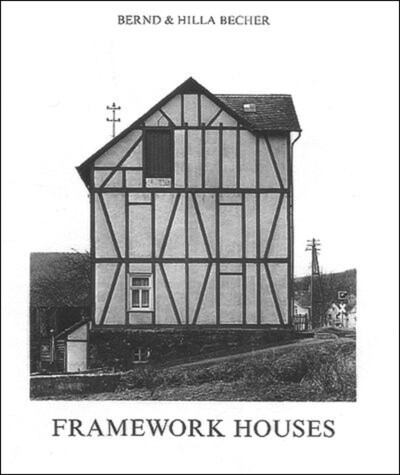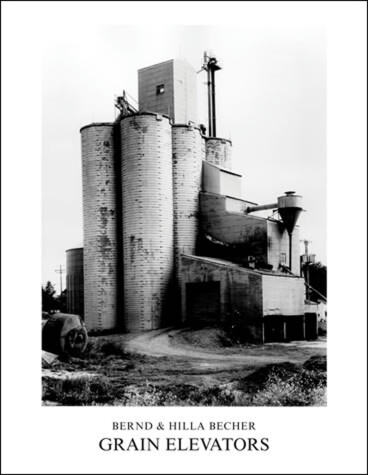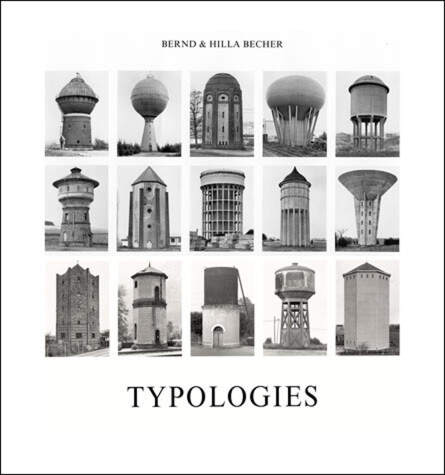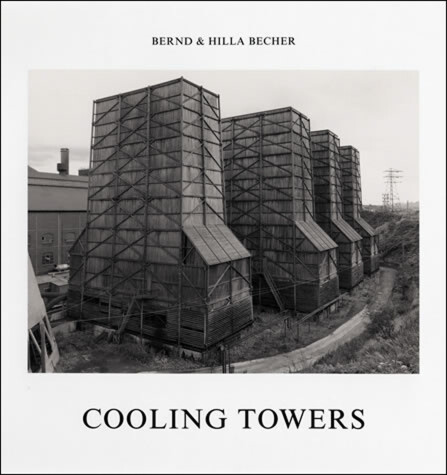The MIT Press
5 total works
Photographs by Bernd and Hilla Becher of industrial structures amid their natural surroundings.
Bernd and Hilla Becher have profoundly influenced the international photography world over the past several decades. Their unique genre, which falls somewhere between topological documentation and conceptual art, is in line with the aesthetics of such early-twentieth-century masters of German photography as Karl Blossfeldt, Germaine Krull, Albert Renger-Patzsch, and August Sander.
Industrial Landscapes introduces a new aspect to the Bechers' photography, one that will surprise connoisseurs of their work. Whereas their previously published works concentrated on isolated industrial objects, they now show huge industrial sites amid their natural surroundings. They move away from the objective, severe image to present slightly more narrative, interpretive images of the industrial environment as a whole. Although the photographs in Industrial Landscapes were taken over the past forty years, they are published here for the first time. The industrial structures shown include a wide range of coal mines, iron ore mines, steel mills, power stations with cooling towers, lime kilns, grain elevators, and so on. They represent industrial regions in Belgium, France, Germany, Great Britain, the Netherlands, and the United States (Alabama, Michigan, Ohio, and Pennsylvania).
Bernd and Hilla Becher have profoundly influenced the international photography world over the past several decades. Their unique genre, which falls somewhere between topological documentation and conceptual art, is in line with the aesthetics of such early-twentieth-century masters of German photography as Karl Blossfeldt, Germaine Krull, Albert Renger-Patzsch, and August Sander. Framework Houses, their first and most famous book, was originally published in Germany in 1977 and quickly went out of print. This new edition of that classic work takes advantage of reproduction and printing technologies not available in 1977. Most of the houses in the book were built between 1870 and 1914 in the Siegen region of Germany, one of the oldest iron-producing areas of Europe. The houses were built by immigrants who came to work in the mines or blast furnace plants. In 1790 a law was enacted to save wood for iron production by preventing its excessive use for house-building. The law prescribed the amount of lumber structurally required and forbade the construction of elements serving only ornamental purposes. It also specified the maximum strength for beams, sills, cornerposts, and studs. A functional framework, combined with neoclassical proportions, determined the new type of house; it was also applied to other buildings such as barns, churches, schools, inns, shops, factories, and mine structures.* Not for sale in France, Germany, Switzerland, Belgium, and Austria
Bernd and Hilla Becher's almost fifty-year collaboration constitutes the most important project in objective and conceptual photography today. With this volume, grain elevators join the list of building types documented by the Bechers in their book-length studies: water towers, blast furnaces, gas tanks, oil tanks, mineheads, frame houses, and cooling towers. Grain elevators are towering structures in the flat, vast landscape of the world's granaries. Providing a fast and efficient method of loading and unloading grain to keep pace with the industrial production methods of the nineteenth century, they made possible a tremendous increase in the trafficking and processing of grain. Scooping, pouring, and spitting, they both illustrated and inspired Le Corbusier's idea of buildings as functioning machines. Monumental, essential, and visually arresting, grain elevators belong as much to the American imagination and landscape as to the European. The photographs of grain elevators in this volume were taken in Germany, Belgium, France, and America. But the specificity of time and place is erased in these photographs; the monolithic structures evoke the agricultural prosperity of a vanished era and the vacancy that replaces it today.
Bernd and Hilla Becher's photography can be considered conceptual art, typological study, and topological documentation. Their work can be linked to the Neue Sachlichkeit movement of the 1920s and to such masters of German photography as Karl Blossfeldt, August Sander, and Albert Renger-Patzsch. Their photographs of industrial structures, taken over the course of forty years, are the most important body of work in independent objective photography. A keynote of their contributions to "industrial archaeology" has been their creation of typologies of different types of buildings; this book, which accompanies a major retrospective exhibition, collects all known Becher studies of industrial building types and presents them as a visual encyclopedia.Each chapter is devoted to a different structure—water towers, coal bunkers, winding towers, breakers (ore, coal, and stone), lime kilns, grain elevators, blast furnaces, steel mills, and factory facades. These are organized according to typologies, most of which are presented as tableaux or suites of about twelve images each. The book contains close to 2000 individual images. The accompanying text by Armin Zweite is an essential art historical consideration of the Bechers' work. This ultimate Becher book stands as a capstone to the Bechers' unique body of work.
Bernd and Hilla Becher's photography can be considered conceptual art, typological study, and topological documentation. Their work can be linked to the Neue Sachlichkeit movement of the 1920s and to such masters of German photography as Karl Blossfeldt, August Sander, and Albert Renger-Patzsch. Their photographs documenting the architecture of industrial structures, taken over the course of forty years, make up the most important body of work to be found in independent objective photography. This volume adds cooling towers to a list of photographic projects that includes book-length studies of water towers, blast furnaces, gas tanks, mineheads, and frame houses.Since the end of the nineteenth century, cooling towers have formed a striking part of electricity and steel works. The first cooling towers were wood-clad structures at coal mines; more recent examples are the steel or concrete constructions seen at nuclear power stations. The simplicity of these forms and their hermetically sealed external skins create an impressive, monumental effect. The Bechers have been photographing cooling towers since the 1960s. This volume contains 236 photographs of cooling towers—in all their different shapes and structural forms—from Belgium, England, France, Germany, Holland, and the United States, and includes a short text by the Bechers.
